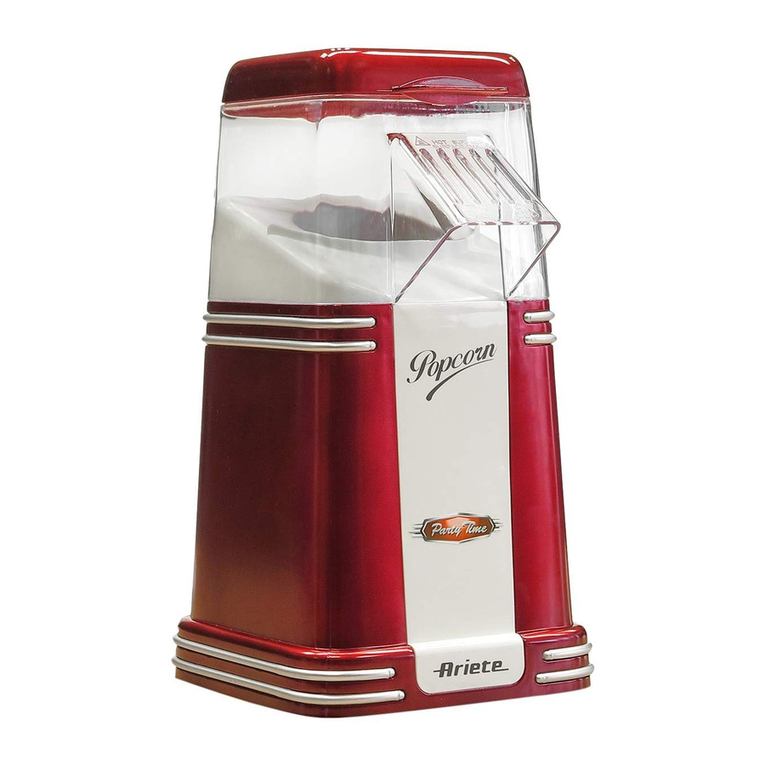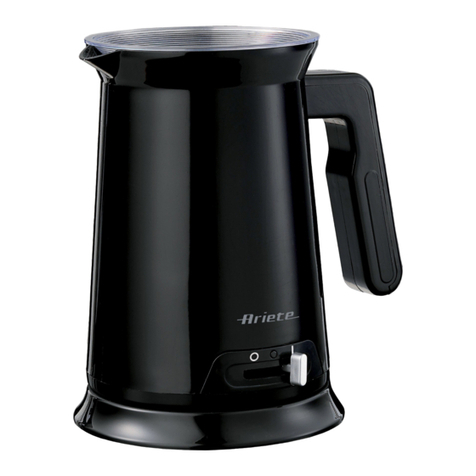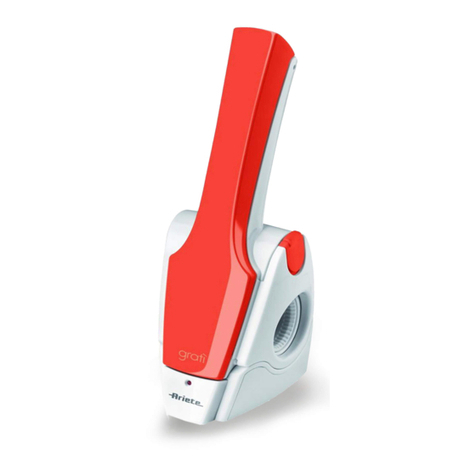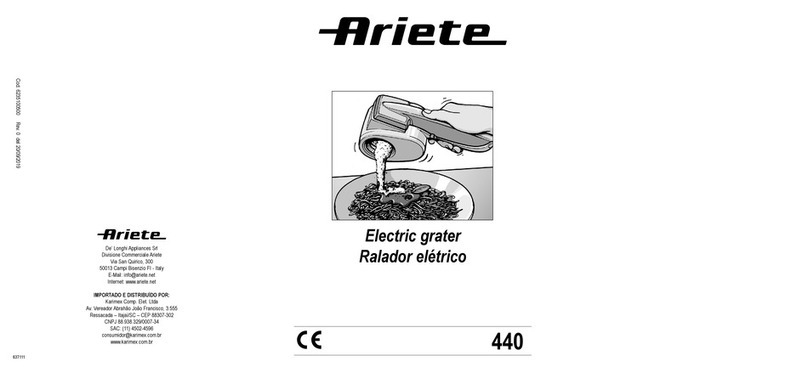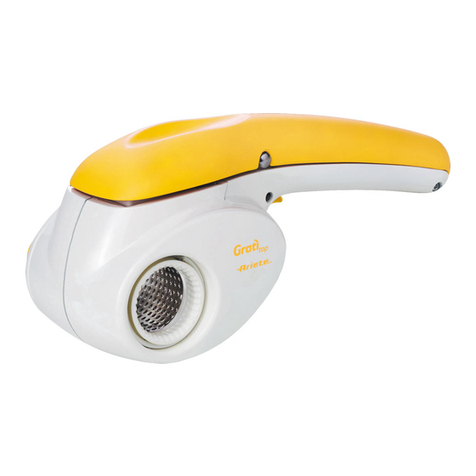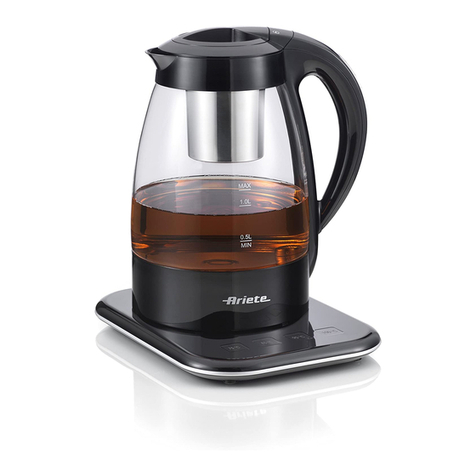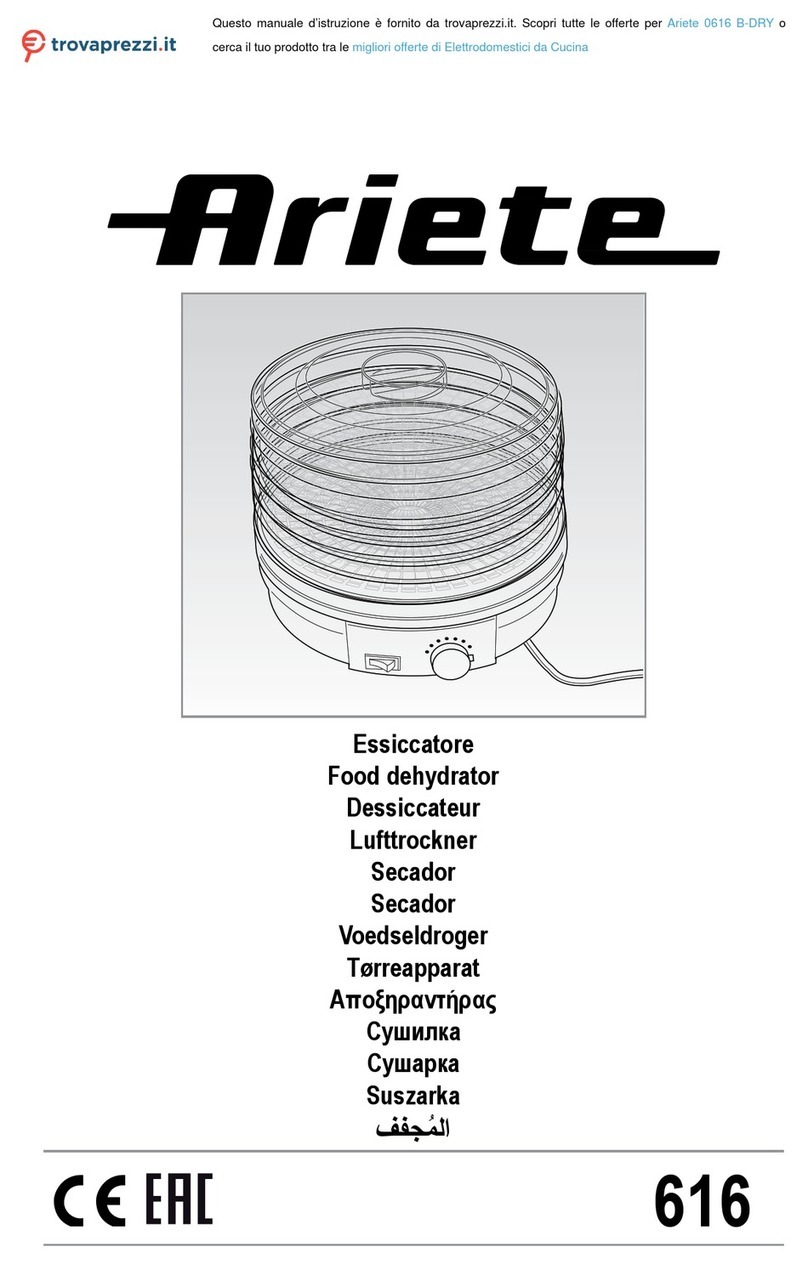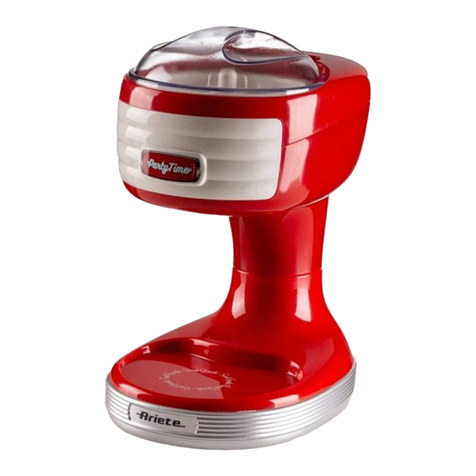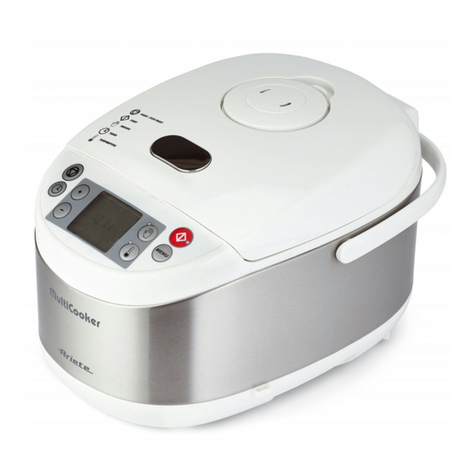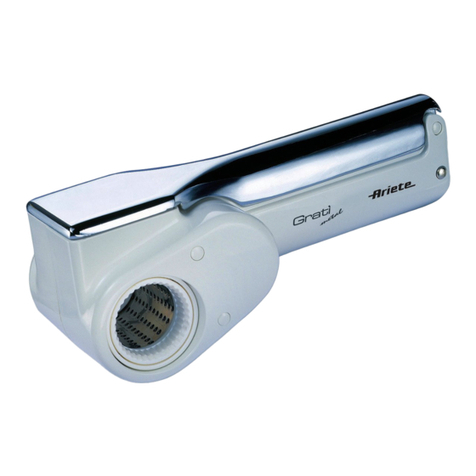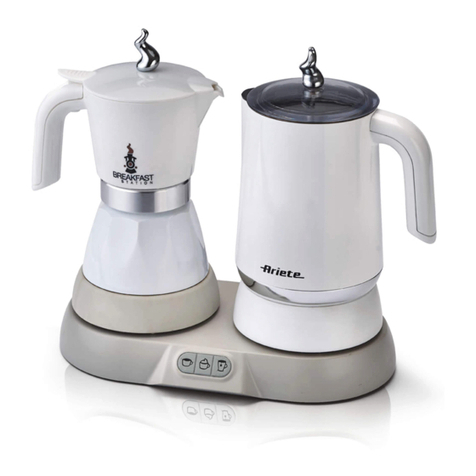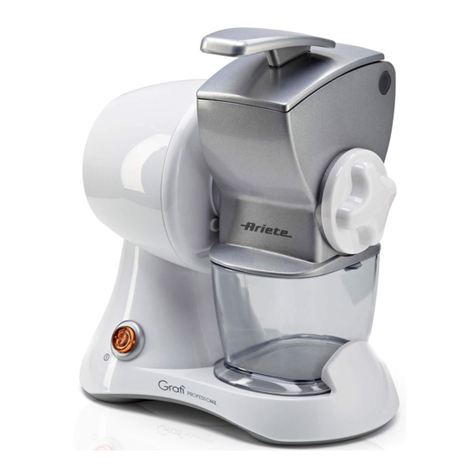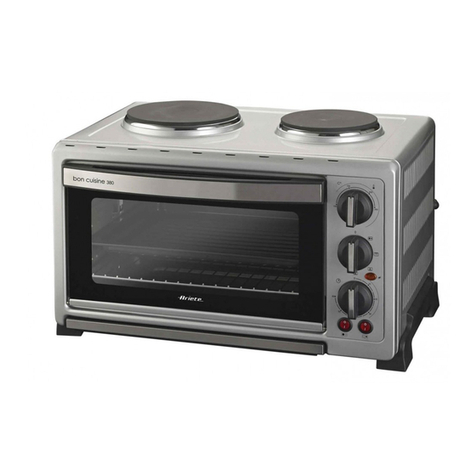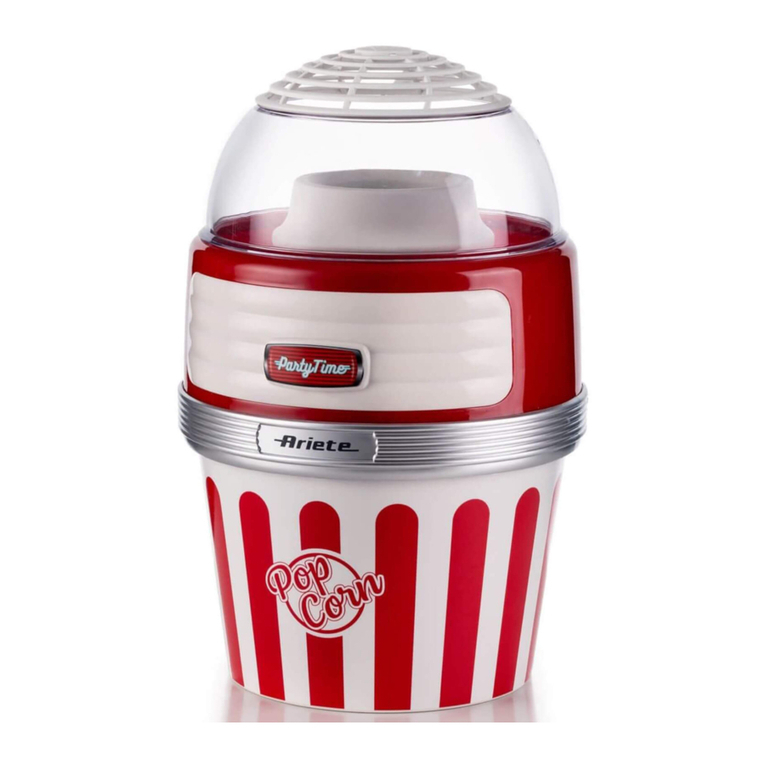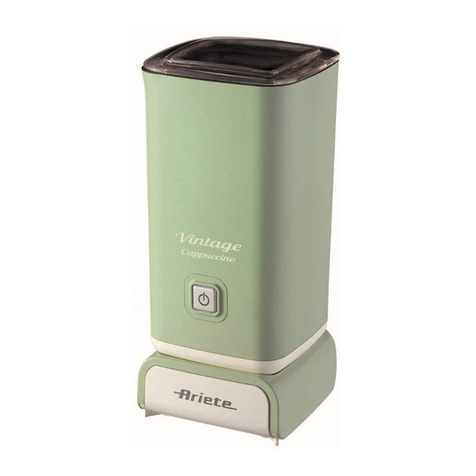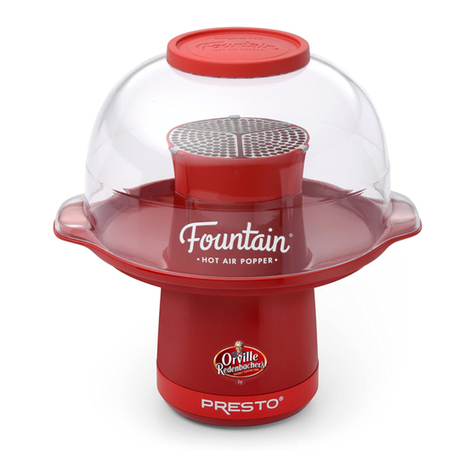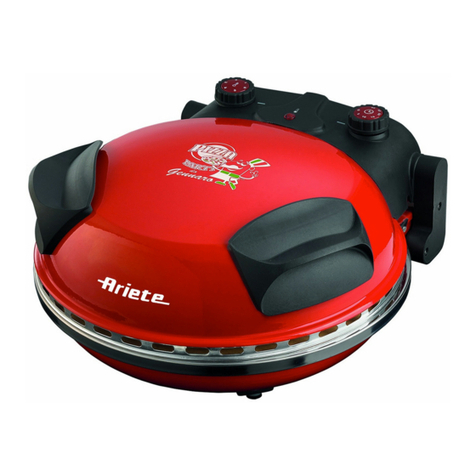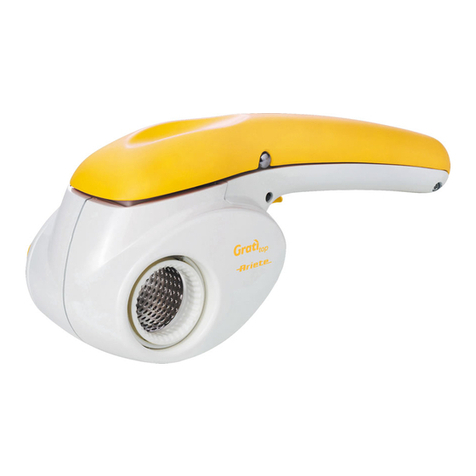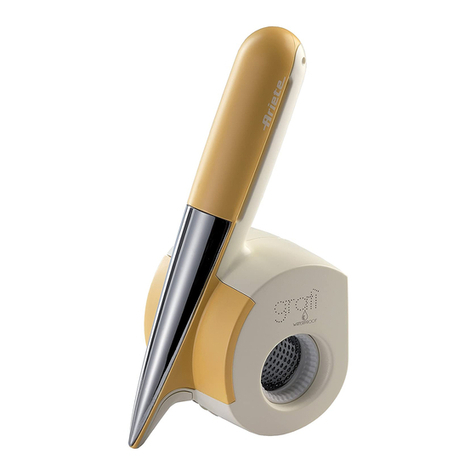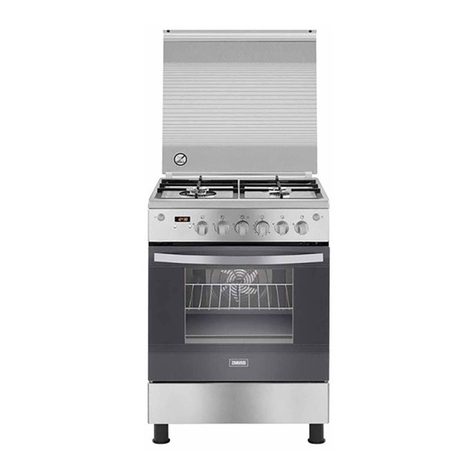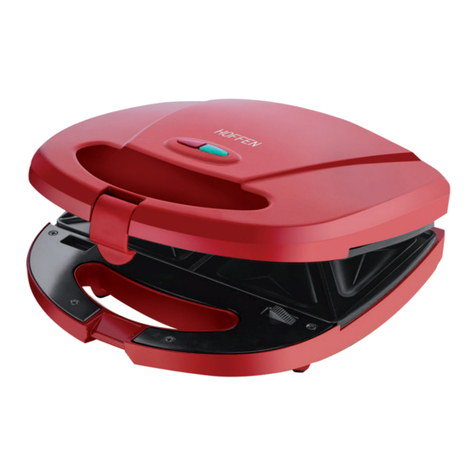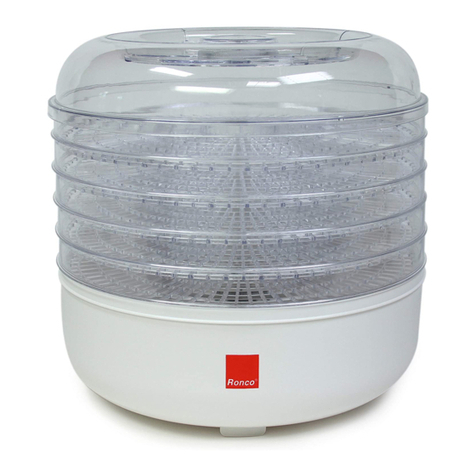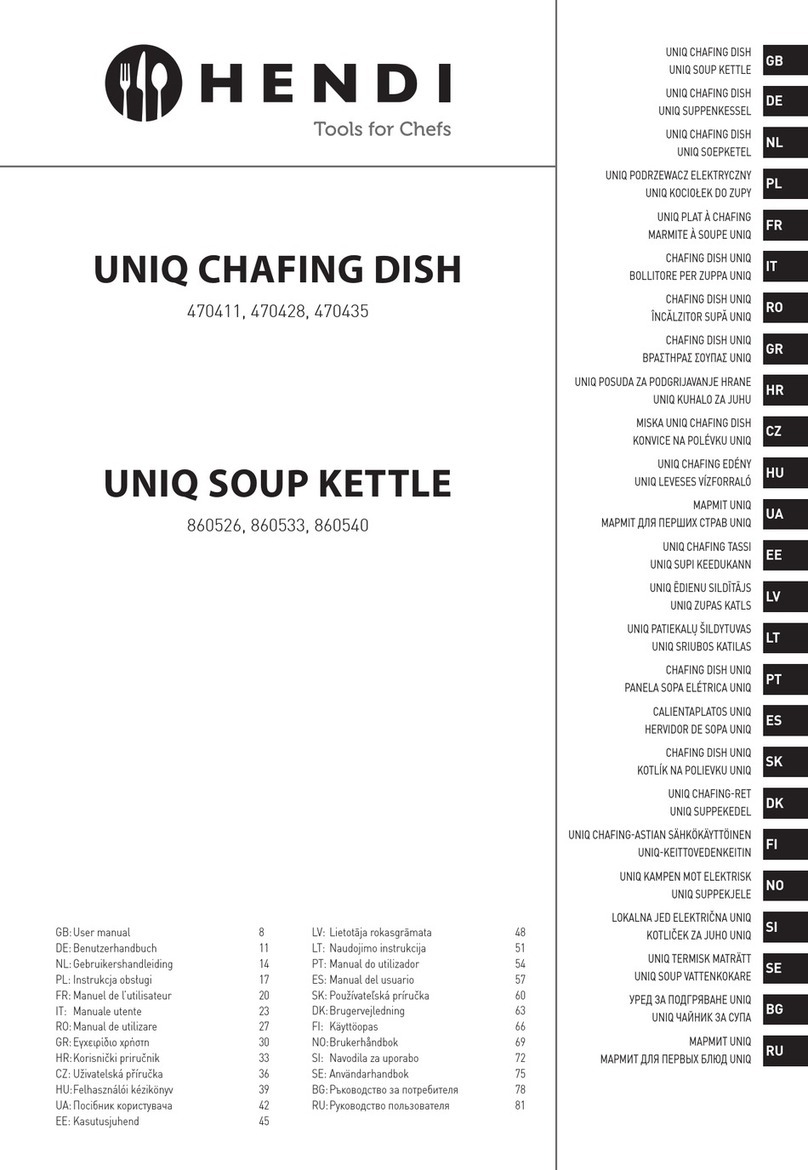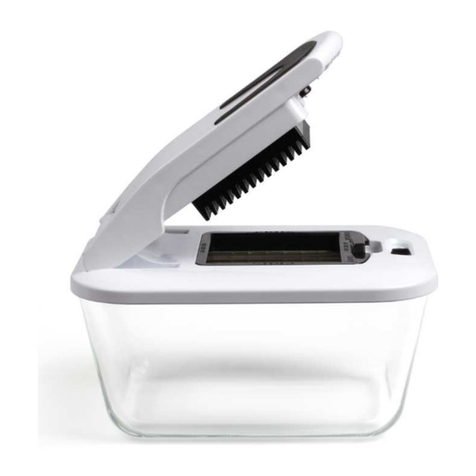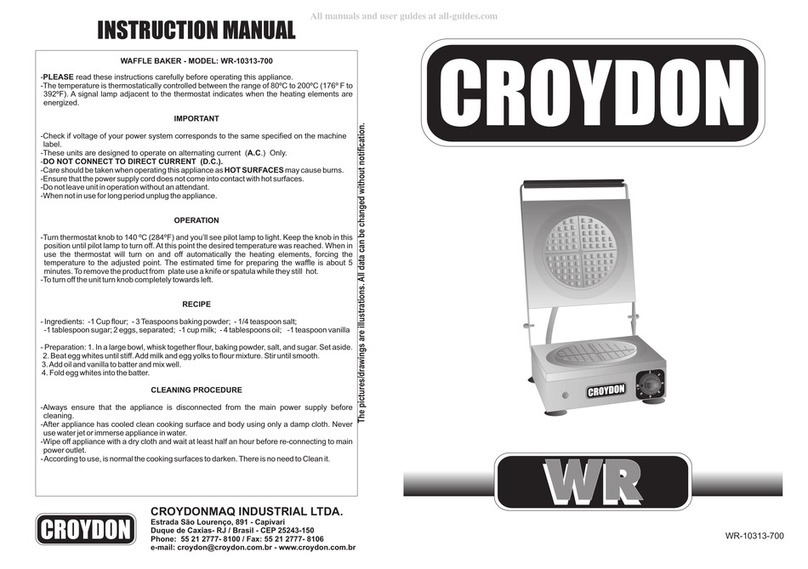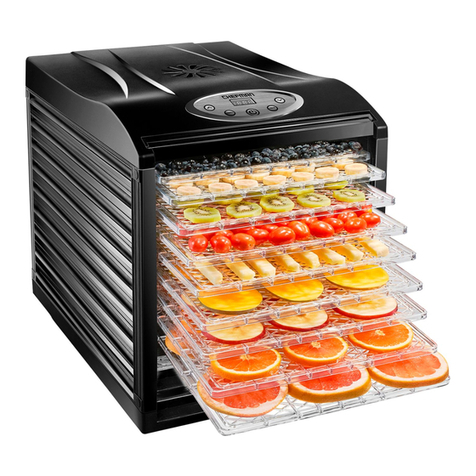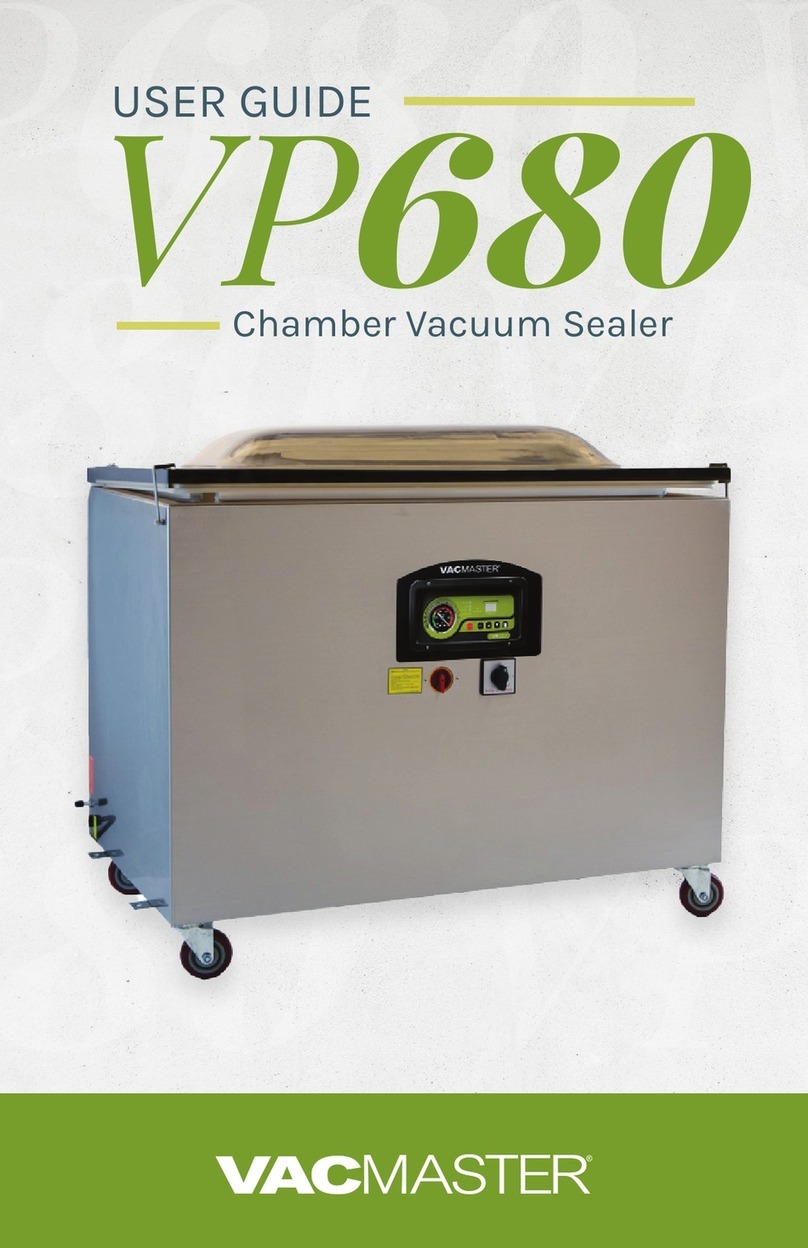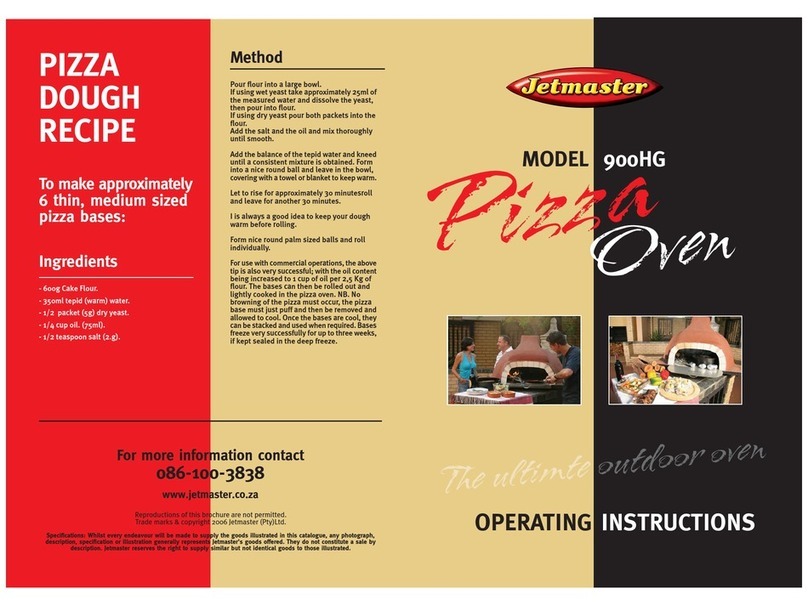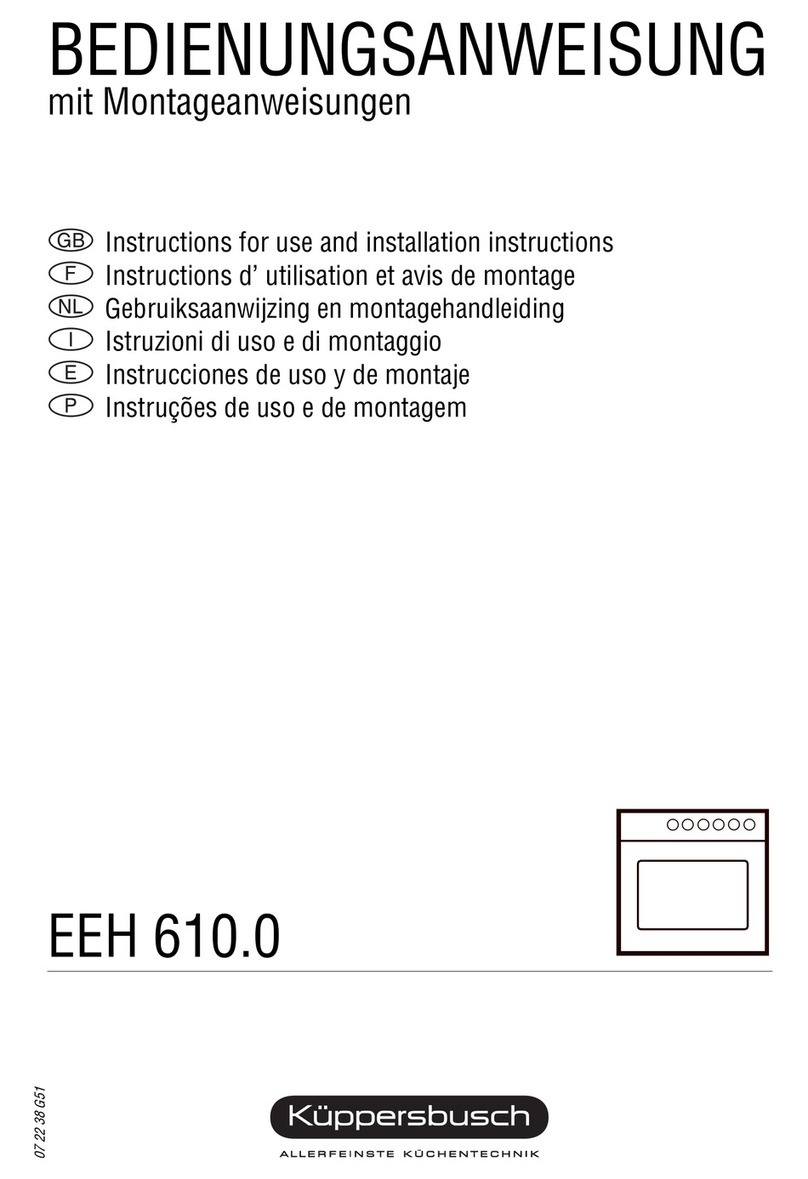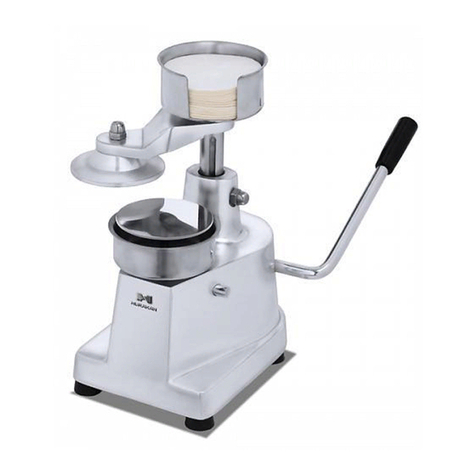
IT
- 1 -
AVVERTENZE IMPORTANTI
LEGGERE QUESTE ISTRUZIONI PRIMA DELL’USO.
Usando apparecchi elettrici è necessario prendere le opportune precauzioni, tra le quali:
Assicurarsi che il voltaggio elettrico dell’apparecchio corrisponda a quello della vostra rete1.
elettrica.
Non lasciare l’apparecchio incustodito quando collegato alla rete elettrica; disinserirlo dopo ogni2.
uso.
Non mettere l’apparecchio sopra o vicino a fonti di calore.3.
Durante l’utilizzo posizionare l’apparecchio su di un piano orizzontale, stabile e ben illuminato.4.
Non lasciare l’apparecchio esposto ad agenti atmosferici (pioggia, sole, ecc...).5.
Fare attenzione che il cavo elettrico non venga a contatto con superfici calde.6.
Questo apparecchio non deve essere utilizzato da persone (compresi i bambini) con capacità7.
fisiche, sensoriali o mentali ridotte; da persone che manchino di esperienza e conoscenza
dell’apparecchio, a meno che siano attentamente sorvegliate o ben istruite relativamente all’uti-
lizzo dell’apparecchio stesso da parte di una persona responsabile della loro sicurezza.
Assicurarsi che i bambini non giochino con l’apparecchio.8.
Non immergere mai il corpo del prodotto, la spina ed il cavo elettrico in acqua o altri liquidi, usare9.
un panno umido per la loro pulizia.
Anche quando l’apparecchio non è in funzione, staccare la spina dalla presa di corrente elettrica10.
prima di inserire o togliere le singole parti o prima di eseguire la pulizia.
Assicurarsi di avere sempre le mani ben asciutte prima di utilizzare o di regolare gli interruttori11.
posti sull’apparecchio o prima di toccare la spina e i collegamenti di alimentazione.
Per staccare la spina, afferrarla direttamente e staccarla dalla presa a parete. Non staccarla mai12.
tirandola per il cavo.
Non usare l’apparecchio se il cavo elettrico o la spina risultano danneggiati, o se l’apparecchio13.
stesso risulta difettoso; tutte le riparazioni, compresa la sostituzione del cavo di alimentazione,
devono essere eseguite solamente dal centro assistenza Ariete o da tecnici autorizzati Ariete, in
modo da prevenire ogni rischio.
In caso di utilizzo di prolunghe elettriche, quest’ultime devono essere adeguate alla potenza14.
dell’apparecchio, onde evitare pericoli all’operatore e per la sicurezza dell’ambiente dove si
opera. Le prolunghe non adeguate possono provocare anomalie di funzionamento.
Non lasciar pendere il cavo in un luogo dove potrebbe essere afferrato da un bambino.15.
Per non compromettere la sicurezza dell’apparecchio, utilizzare solo parti di ricambio e accessori16.
originali, approvati dal costruttore.
L’apparecchio è concepito per il SOLO USO DOMESTICO e non deve essere adibito ad uso17.
commerciale o industriale.
Questo apparecchio è conforme alla direttiva 2006/95/EC e EMC 2004/108/EC, ed al regolamen-18.
to (EC) No. 1935/2004 del 27/10/2004 sui materiali in contatto con alimenti.
Eventuali modifiche a questo prodotto, non espressamente autorizzate dal produttore, possono19.
comportare il decadimento della sicurezza e della garanzia del suo utilizzo da parte dell’utente.
Allorchè si decida di smaltire come rifiuto questo apparecchio, si raccomanda di renderlo inope-20.
rante tagliandone il cavo di alimentazione. Si raccomanda inoltre di rendere innocue quelle parti
